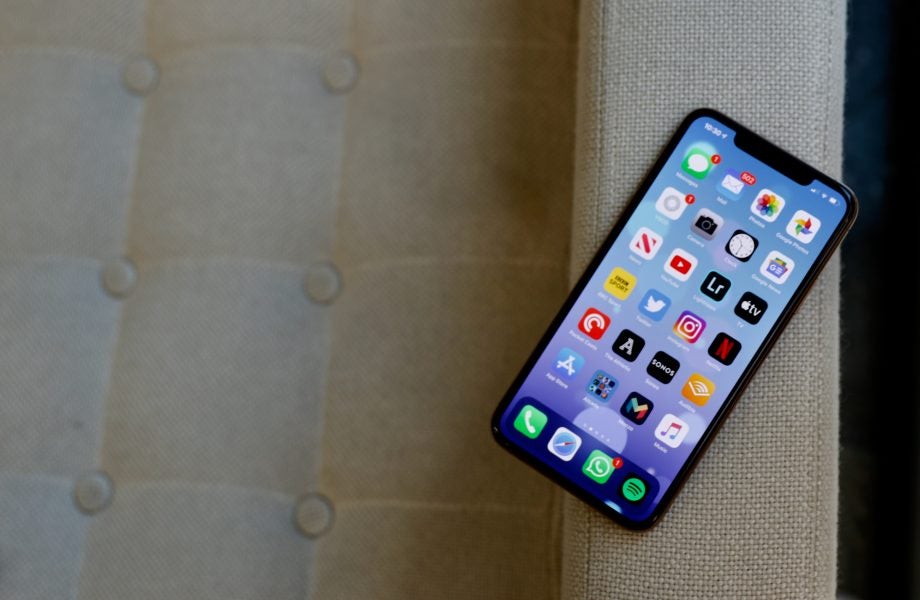Think official iPhone repairs are a rip off? Apple says they cost it money

Out of warranty Apple repairs can be prohibitively expensive when going through the official channels. A new display for an out-of-warranty iPhone 11 Pro Max costs £326/$329, for example.
It’s why many users risk voiding warranties by going through third-party repair stores, rather than forking over the sums quoted by Apple.
However, while third-parties often manage to undercut Apple’s fees, the company itself has revealed it actually loses money on iPhone repairs. In fact, the company says it has been losing cash on services for every one of the last yen years.
“For each year since 2009, the costs of providing repair services has exceeded the revenue generated by repairs,” Apple said in response to a list of questions from a US House Judiciary Committee (via BBC) on competition in digital markets.
That statement came as a surprise to many consumers, including the Right To Repair campaigners who’ve long argued that customers should be able to fix their iPhones in any way they see fit without risking warranty issues.
Related: iPhone XR vs iPhone XS
In a statement, Nathan Proctor, Director of the Campaign for the Right to Repair, said: “Apple’s argument is absurd. In defending their decision not to make spare parts or service information available, the company claims that certain parts and information are necessary for a reliable repair. It’s a totally circular argument. Apple wants their customers, and the federal government, to accept the notion that while a repair monopoly exists, it’s a beneficial monopoly, made for our good.”
Earlier this year it emerged that Apple was not validating third party battery repairs and denying users access to the associated Battery Health tools in iOS as a result.
Apple replied to the controversy by saying they wanted repairs done properly. The company has said: “Repairs performed by untrained technicians might not follow proper safety and repair procedures and could result in improper function, product quality issues or safety events.”
In August the company announced a new scheme to start verifying more third-party stores, furnishing them with official parts, as well as access to diagnostic tools and training materials.


